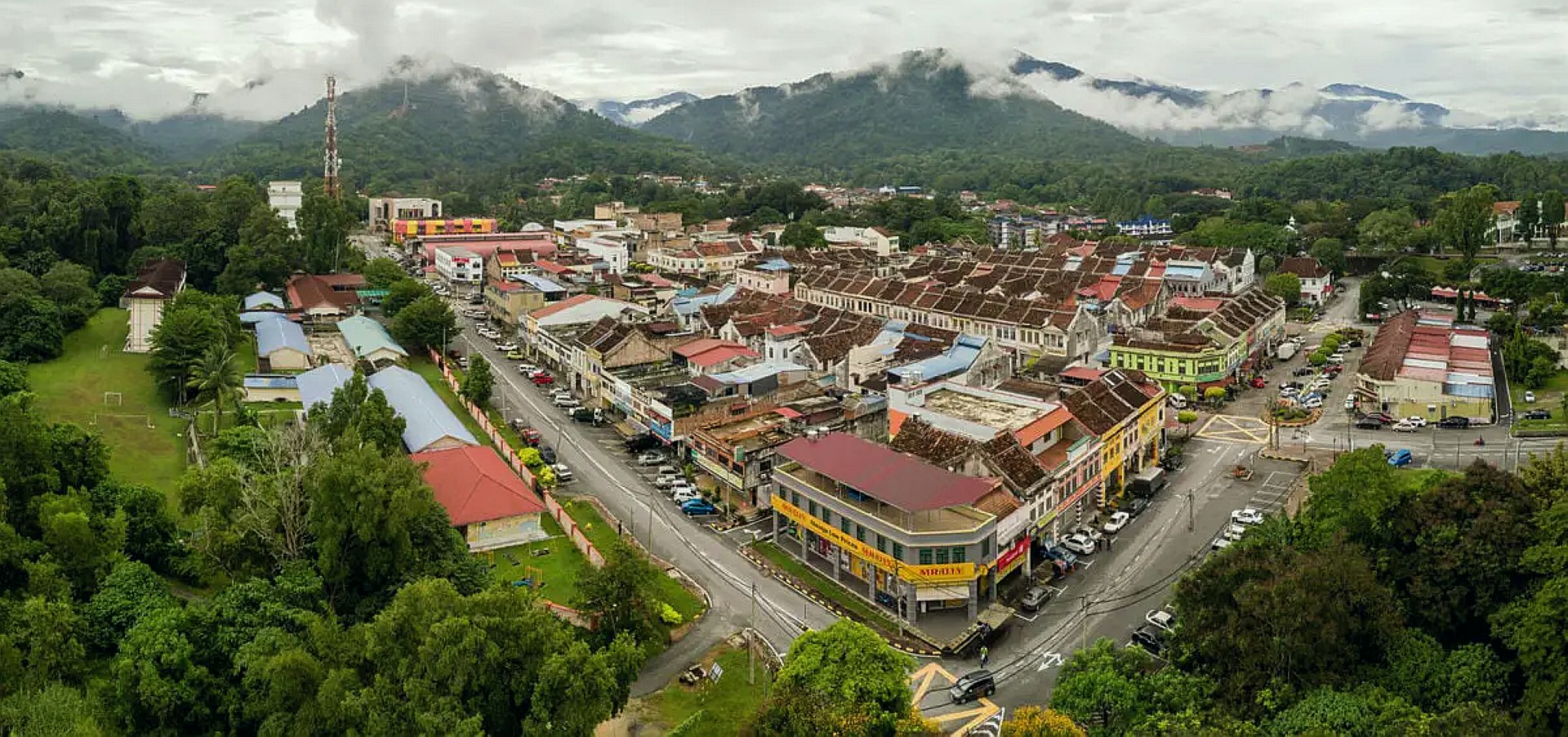This enjoyable loop route offers nature, scenery, history, a charming Malaysian small town, and a welcome dose of cool highlands weather.
Who doesn’t enjoy a good road trip? The best of these feature lots of good food, great scenery, and in this case, plenty of local heritage. One such Malaysian road trip that’s mostly in Selangor, but partly in Pahang, involves driving up to Kuala Kubu Bharu (or, more commonly, KKB), then on to Fraser’s Hill, and back to Kuala Lumpur via Bentong. This can all be done as a long-ish day trip, or you can stay overnight in KKB, Fraser’s Hill, or both.
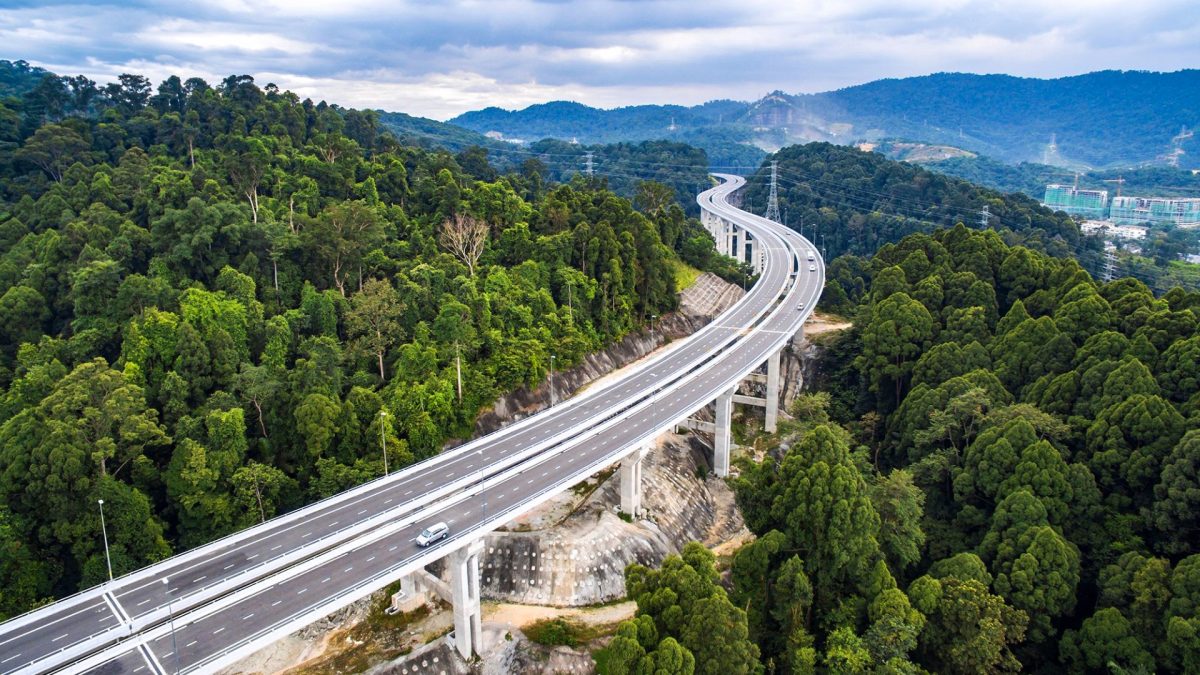
KKB is an easy, breezy drive north from Greater KL, taking a little over an hour, depending on your start point and, as always, traffic. We think the best route is via the Rawang Bypass (Route 37), easily one of Malaysia’s more remarkable stretches of highway. Impressively, this soaring elevated highway – at heights of nearly 60 m over the ground far below, it’s Malaysia’s highest – owes much of its breathtaking design and engineering (both the elevation and sweeping, graceful curves) to a super-rare and critically endangered tree, Hopea subalata.
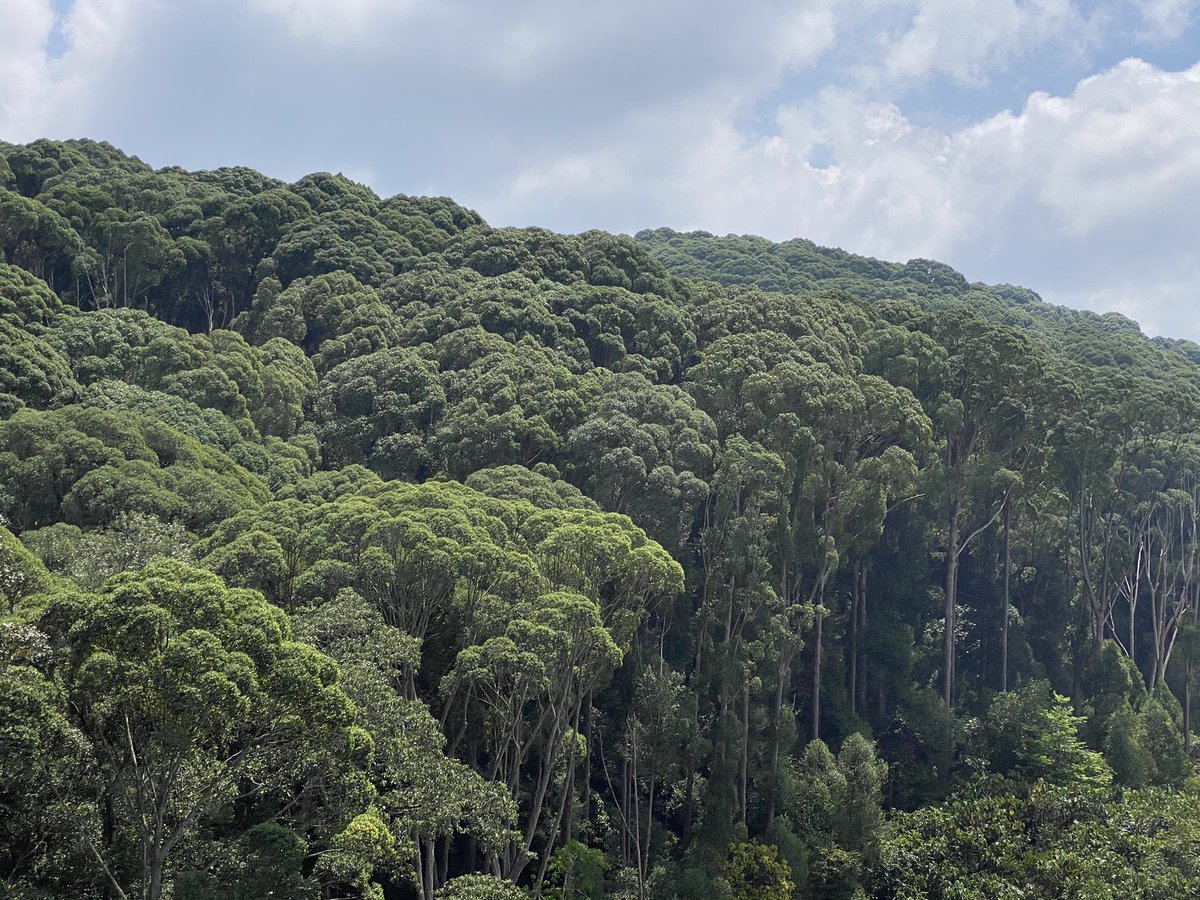
Known locally as ‘Giam Kanching,’ this species is hyper-endemic, found only in this one little patch of Selangor that’s part of the Kanching Forest Reserve. Apparently, considerable pains were taken to avoid cutting down large numbers of Giam Kanching trees, which can now be seen at canopy height as you make your way north.
As you continue on, there are trailheads, waterfalls, and small lakes nearby. There’s also a gorgeous Buddhist temple, Jing Loong Shin Wan Fo Shih, that’s a short hop off the main road after you get off the bypass between Rawang and Serendah. Just nearby is another temple, Liang Liang, and though not quite as ornate, it’s still plenty appealing. For anyone interested in such temples, it’s a slight backtrack, but a detour well worth taking. Afterward, it’s very easy to jump back on the main road.
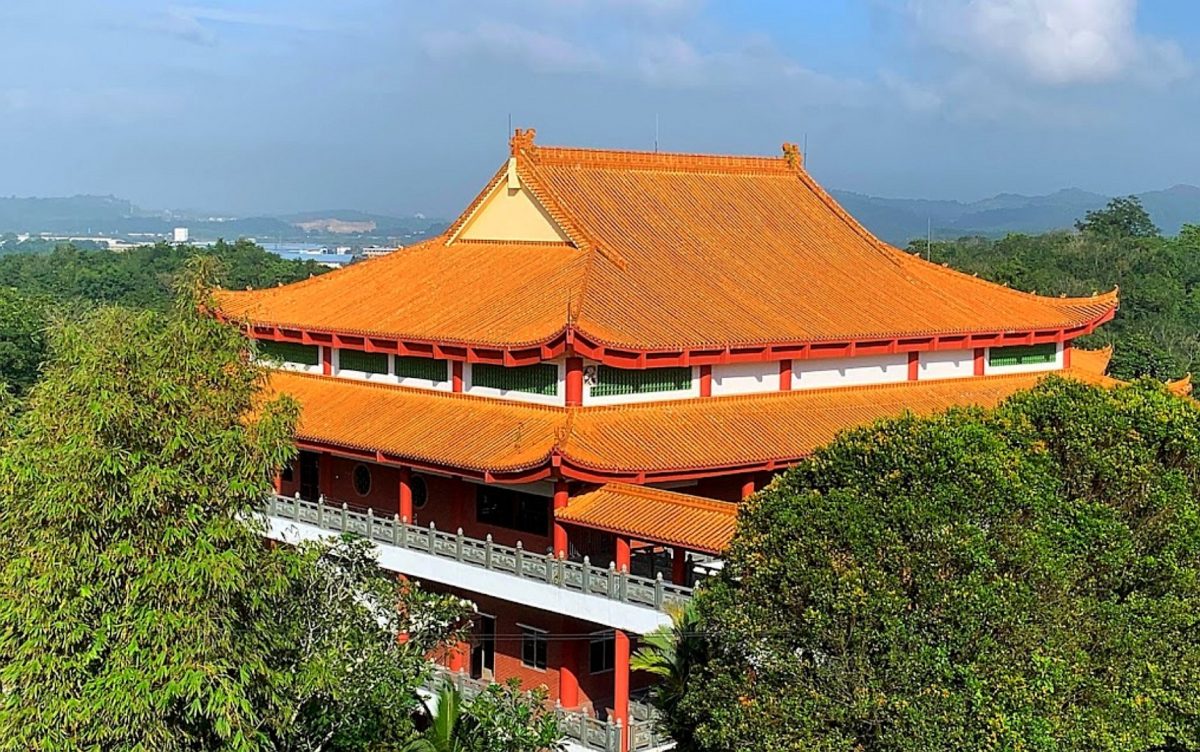
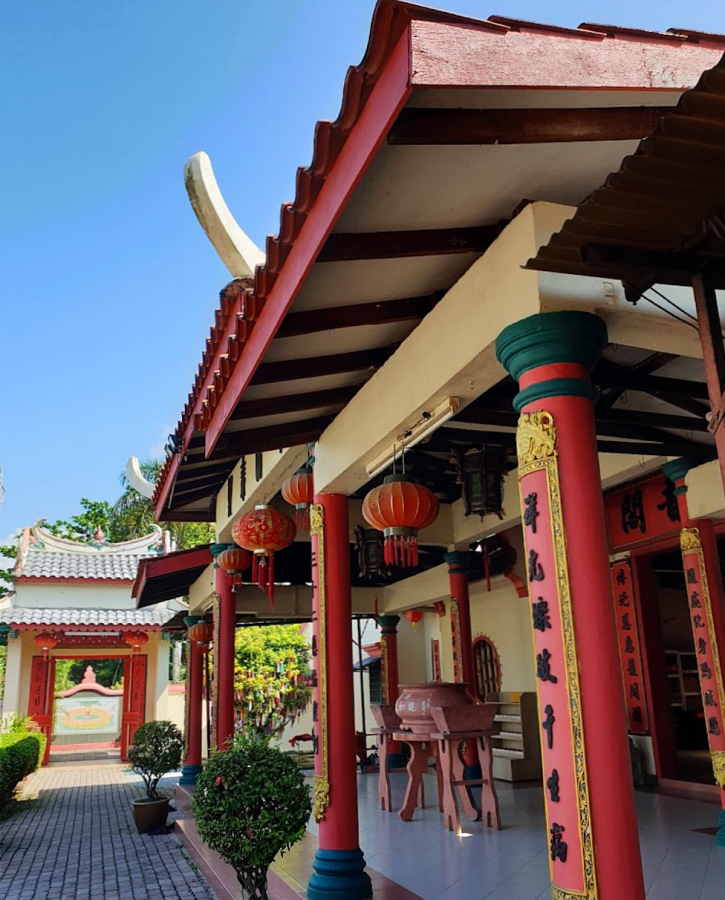
After you pass through the townships of Batang Kali and Rasa, just beyond the Jamek Al-Khalidiah mosque, there is a choice of two routes that both continue on to KKB, the proverbial ‘fork in the road.’ Bail off the busier route and take the road on the right, Jalan Ampang Pecah. This route is a bit slower, but it’s more interesting, and certainly more scenic.
As you reach the tiny township of Ampang Pecah, it’s worth noting you’ll be on the original site of the Kuala Kubu of old. (The new version, KKB, lies at a modestly higher elevation just north.) But what’s particularly worth seeing here is another nice Buddhist temple, Guan Yin Gu See, and the lovely Darul Quran mosque, which is sited on a little thumb of land that juts out into Huffaz Lake. Sadly, the road that affords the best view of the mosque is now inaccessible without special permission from the local Islamic school, but the surrounding area is beautiful and worth exploring.
The KKB Hot Springs can be found just outside of town and and at the edge of a little residential area, and though small and a bit basic, this little-known attraction offer visitors a chance to wade or dip in a natural hot spring pool. Locals use the springs for hot water therapy, but with 24-hour access, chances are good you can find a time to have the springs all to yourself. The water is quite clean (except for a bit of floating moss or algae), about 40-41°C – basically hot tub temperature – and we felt that the pool and surrounding area was kept reasonably neat and tidy. A small changing room is onsite, as are two small, covered pavilions.
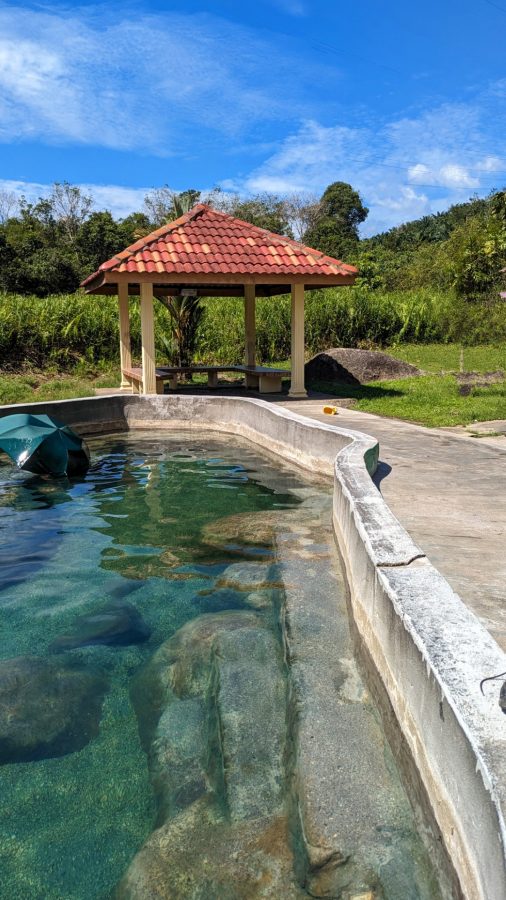
STAY AND PLAY
Day trips to KKB are easy enough, but deciding to stay overnight here definitely offered its own rewards. We were impressed with the accommodation options in and around KKB. The range of interesting options in such a small town – from woodland glamping properties to basic shoplot hotels to authentic lakeside campsites – came as a real surprise.
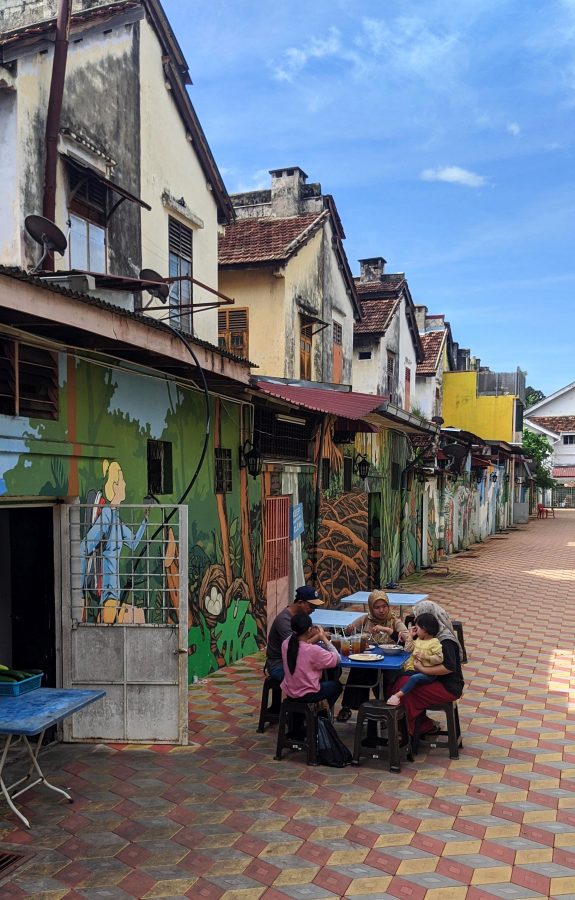
We chose Sarang by the Brook, an appealing and affordable jungle-sited retreat on the northern edge of town that brilliantly utilises upcycled old shipping containers as accommodation in three different sizes. There are only 12 rooms here, and they’ve all been nicely kitted out with air conditioning, comfortable beds, and full en suite bathrooms, including hot showers. There’s a sparkling clean and beautifully landscaped swimming pool, BBQ facilities and a full kitchen for self-catering use, plenty of third-party activities for those who are keen, and a friendly and knowledgeable host. The lush jungle setting is idyllic, and it’s clear this private little retreat has earned its excellent ratings on various travel sites.
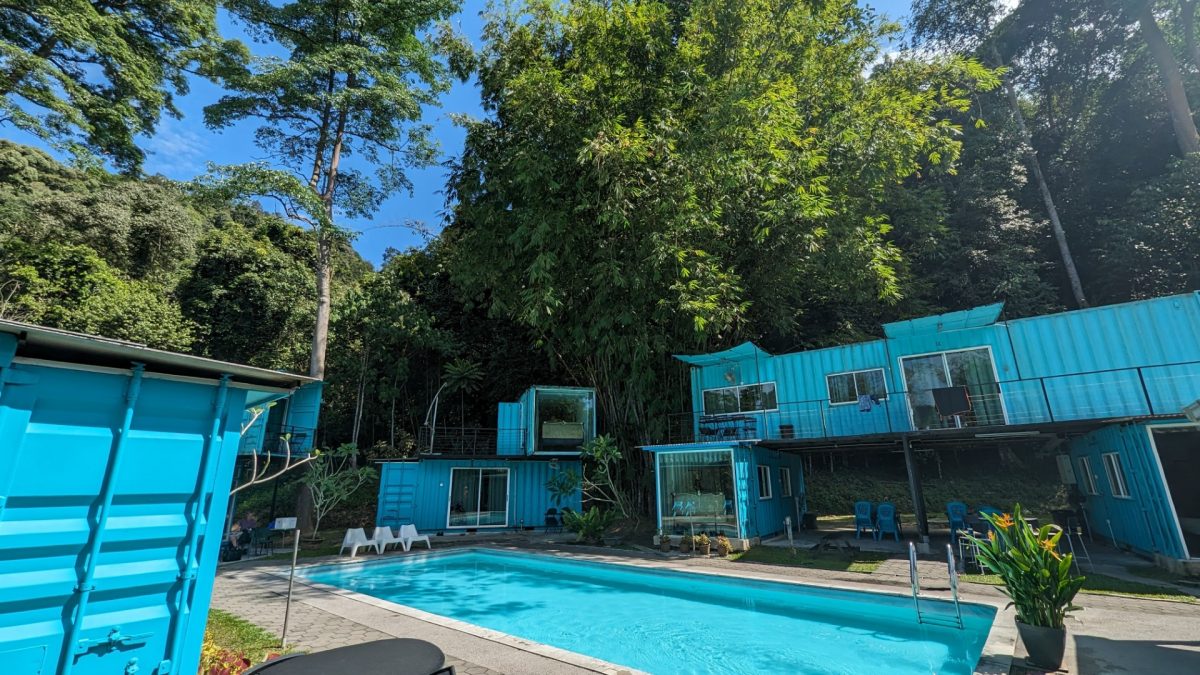
We liked that Sarang offers a BBQ option to its guests, and provides everything necessary apart from your choice of meats and veggies. (We did this for dinner, enjoyed a delicious private BBQ, and had an absolutely terrific time.)
In the morning at about 8am, the staff leave packets of freshly and locally made nasi lemak in containers in the kitchen, labelled for each room. The kitchen also has beverages available like coffee, tea, and Milo, and guests also have a choice from a number of cereals, and toast and various spreads. Of course, for those so inclined, you can bring your own eggs and other goodies and make a full breakfast for yourself!
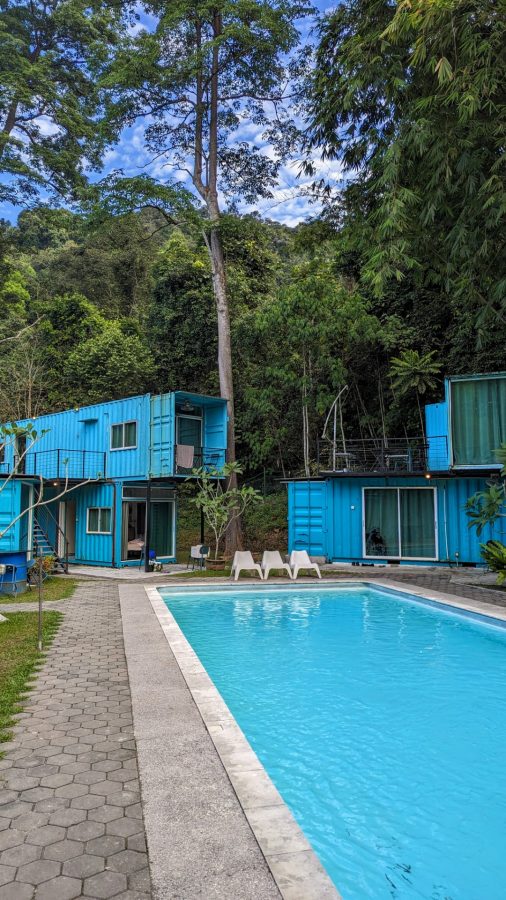
We loved the concept of Sarang by the Brook, with its jungle setting, large pool, and great vibes all around. The idea of repurposing shipping containers as cosy rooms is a particularly great one, and we were surprised at how comfortable and enjoyable the accommodation felt. (If you want a quiet, nature-focused experience, request room #6, as the balcony faces the jungle.)
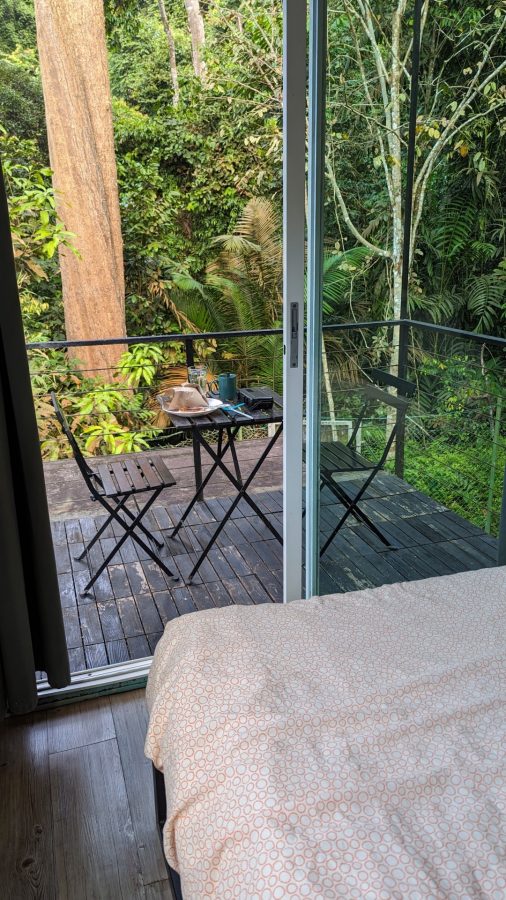
EXPLORE AND EXPERIENCE
The next day found us wandering the town on foot again. Walking around KKB, just a short distance from Sarang, is undeniably good exercise for both the body and soul. Heritage shoplots, street art, pre-war buildings, an old theatre dating back to 1953, and plenty of charm and opportunities for discovery lurk seemingly around every corner.
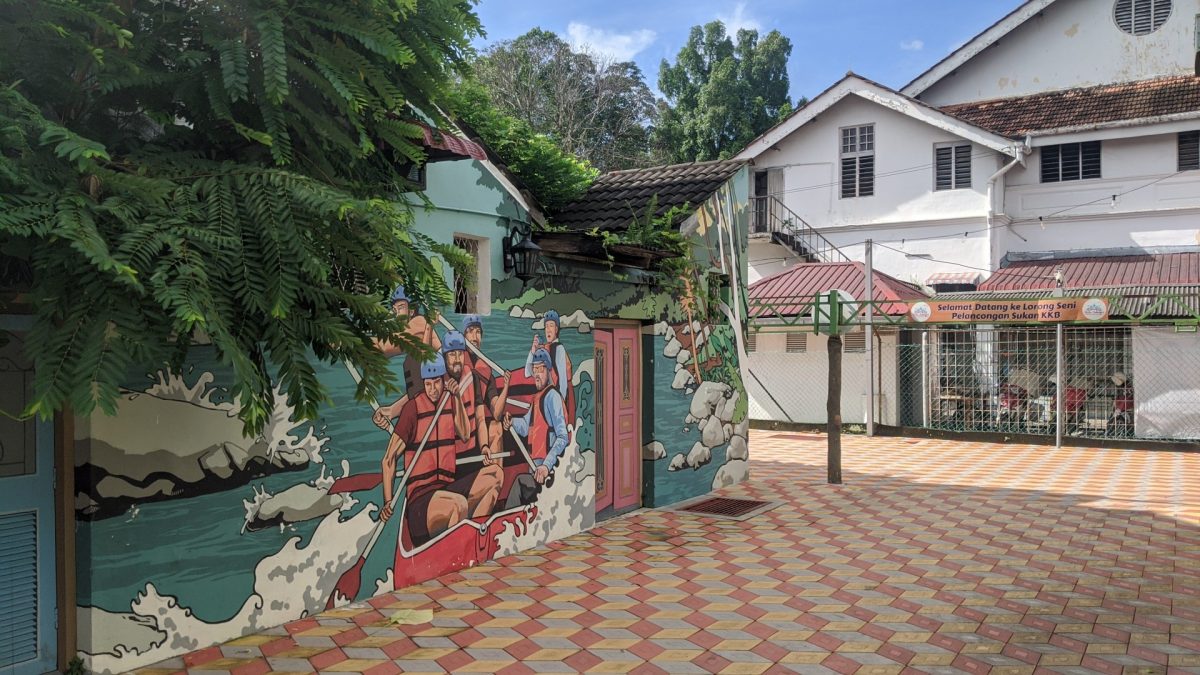
We were pleased to see that KKB is kept notably clean and tidy – streets are free of litter, parks and signposts alike are nice and orderly, and the town seems to be making a real effort to ensure the town centre is well-maintained, attractive, and appealing. There’s a real sense of civic pride evident from walking around in KKB, something that, sadly, is often lacking in towns and small cities here – or even in the townships of Kuala Lumpur, for that matter!
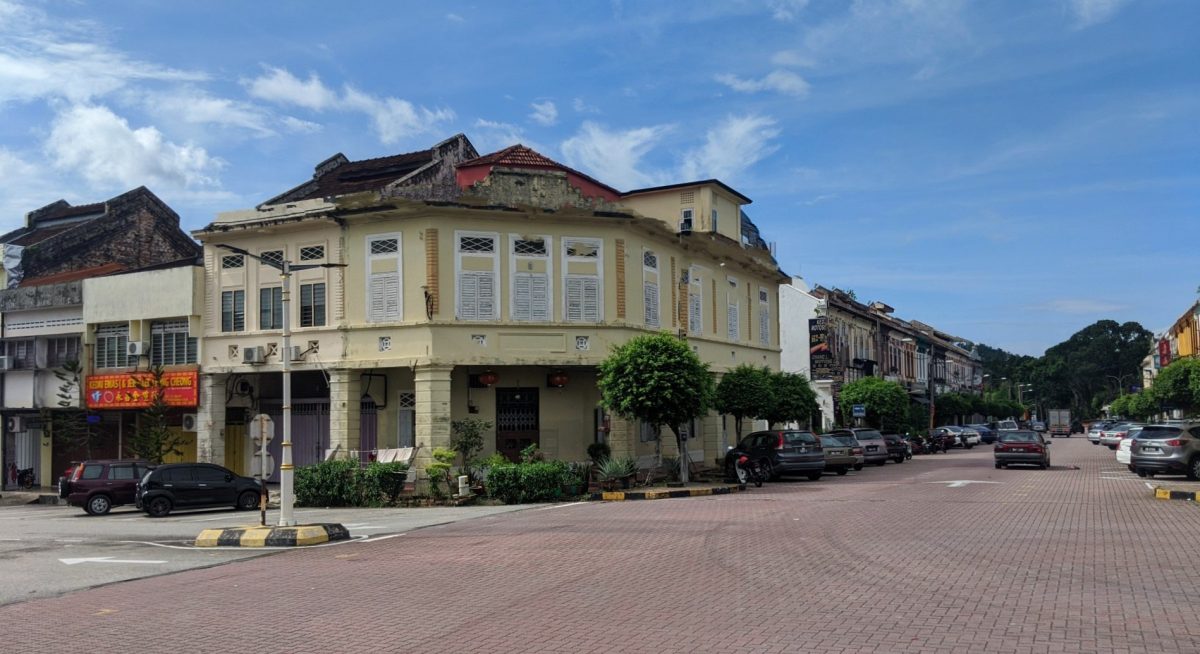
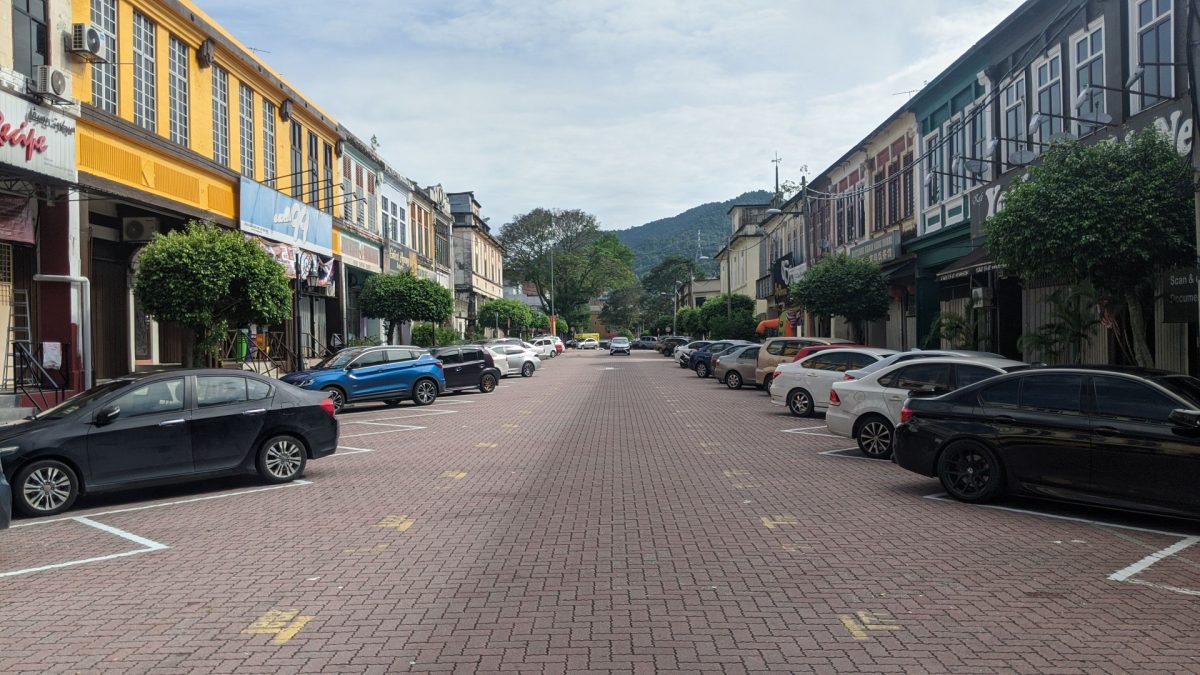
In our time there, we tried out a number of restaurants and found some of them especially easy to recommend. Head to Restoran Wong Ng Kee for lunch, a mainstay in KKB for over 80 years, and order their pork chop, served crispy and pre-cut, along with fried onion rings, some gravy, and a fried egg. Absolutely amazing.
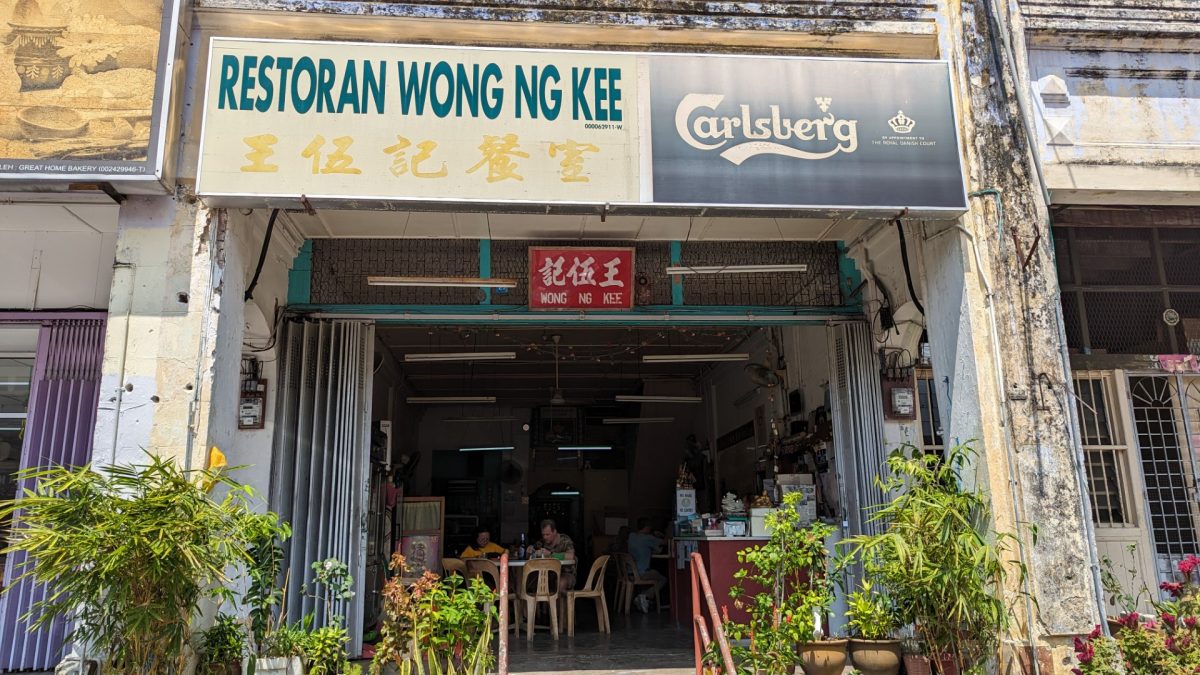
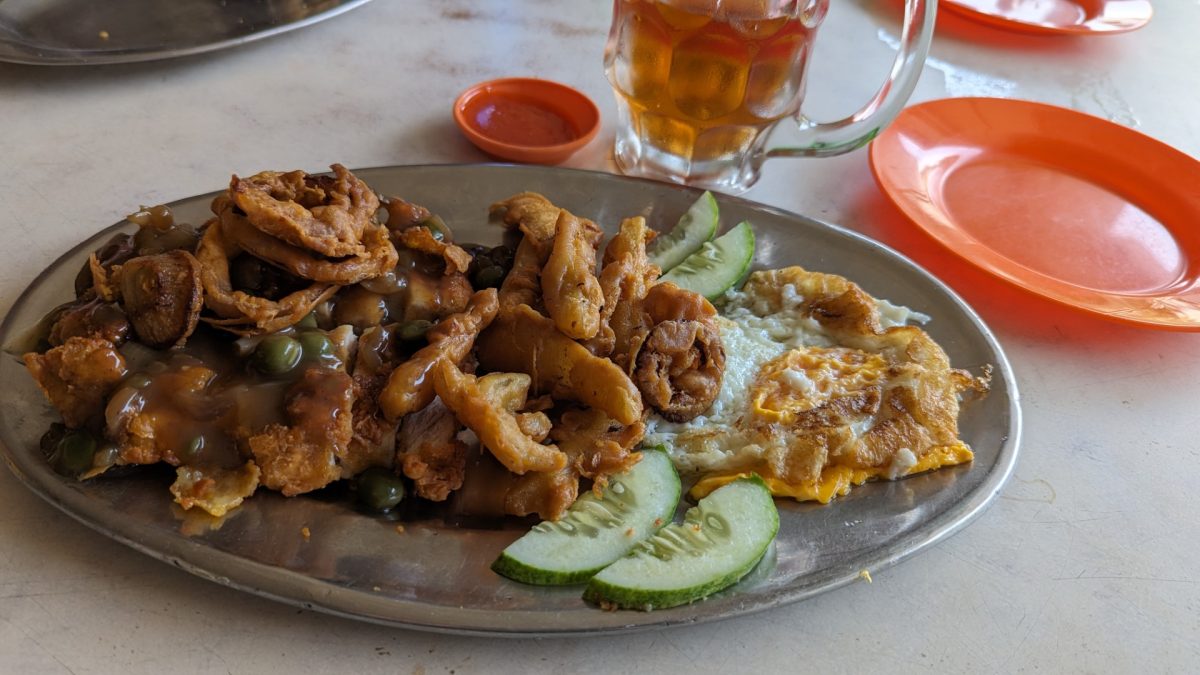
Another terrific choice for lunch (or dinner) is the popular 98 Restoran, serving up seafood and Chinese food at very reasonable prices. We loved the smoked duck, and definitely recommend adding that to your list of dishes.
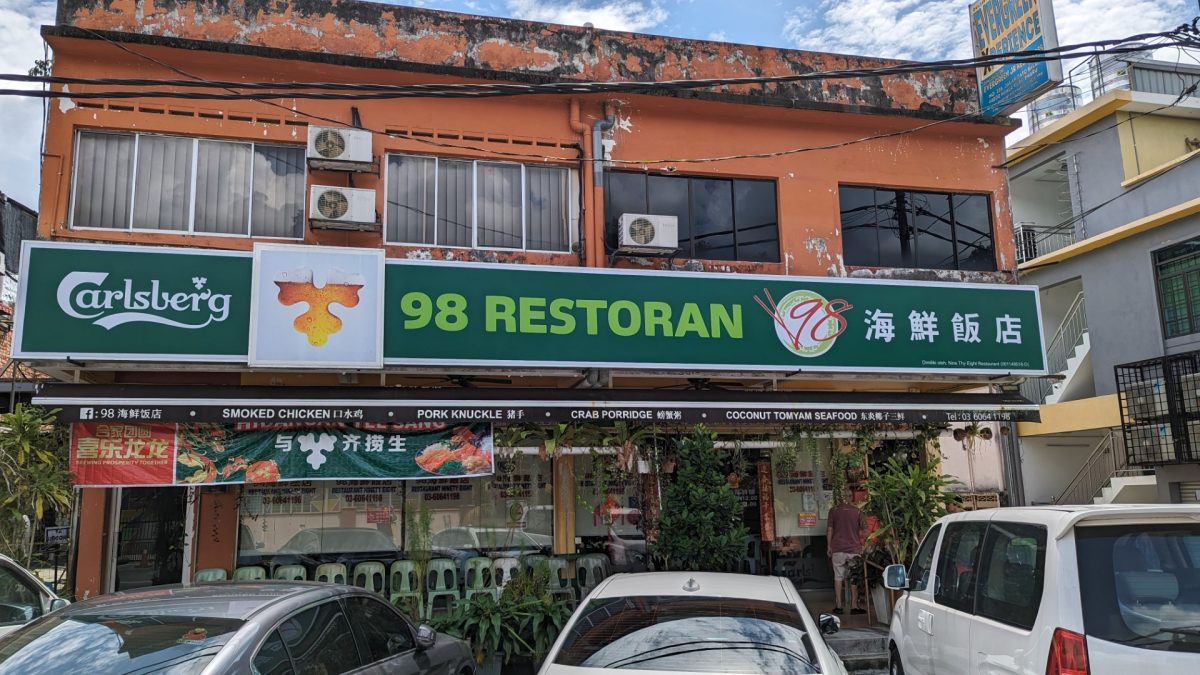
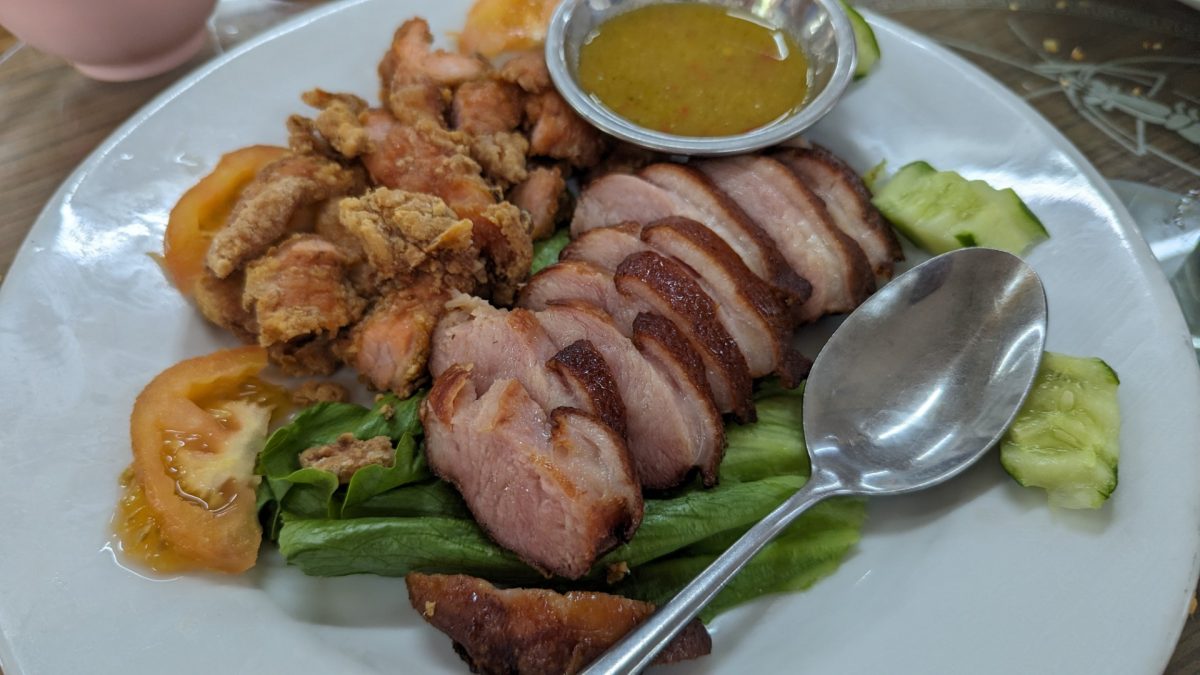
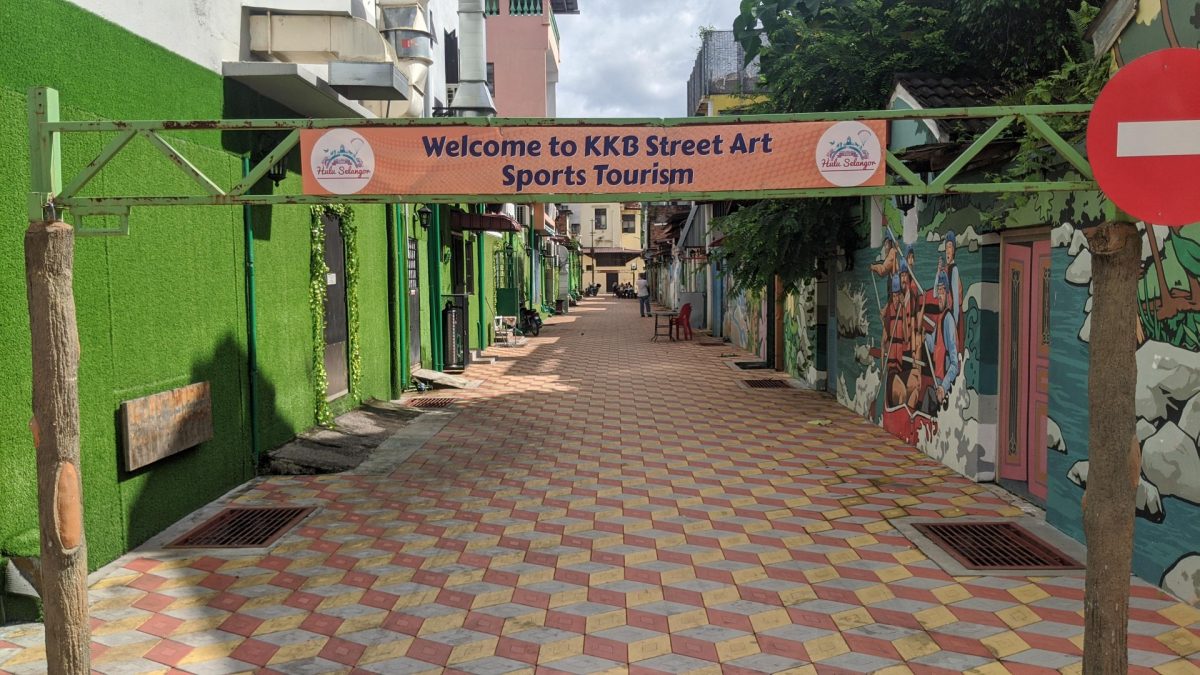
After spending a bit of time checking out an array of curio shops, cafés, and even small parks in the heart of town, we bid KKB adieu and headed on towards the mighty Sungai Selangor Dam, about 7 km east of KKB. There is a small roadside park affording spectacular views of the sprawling lake and forested mountains surrounding it.
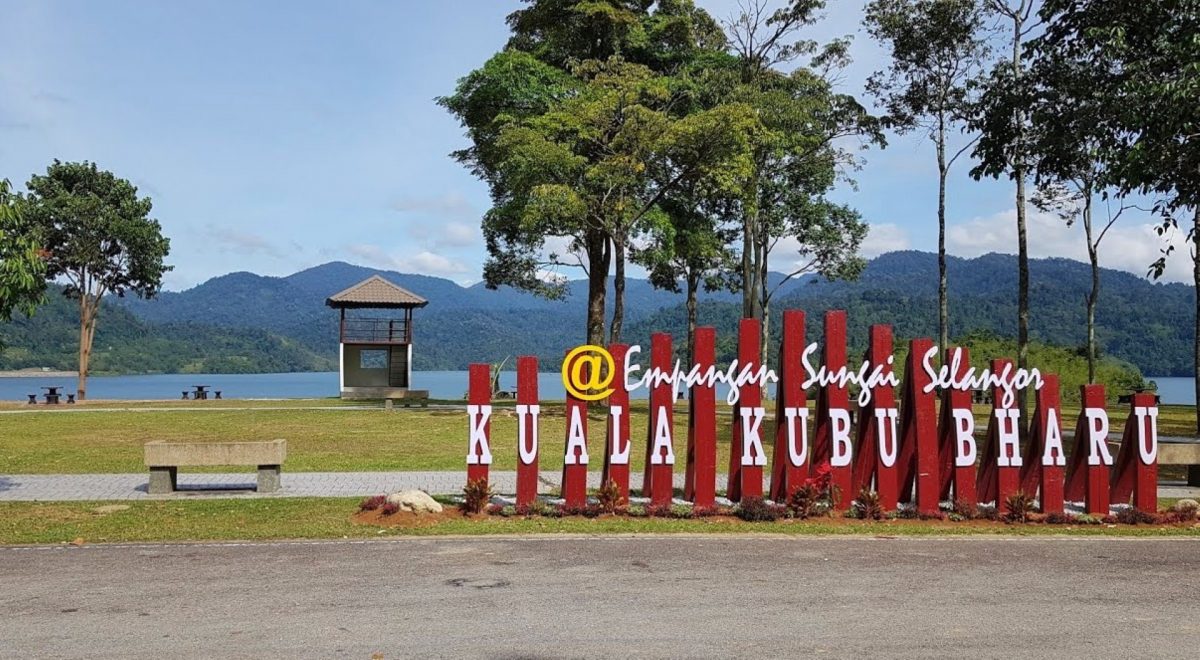
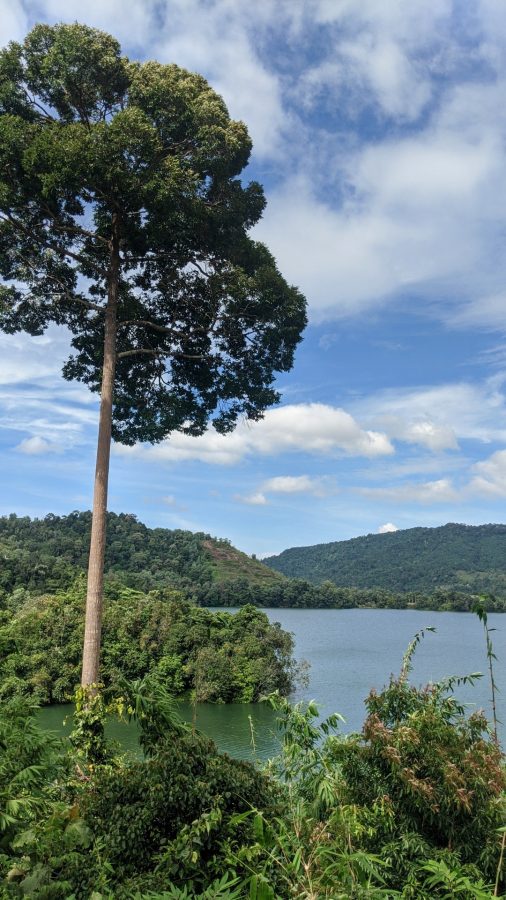
The road, Route 55, snakes alongside the southern and southeastern shores of the lake for a few kilometres, then breaks free and heads into the jungle, a twisting, narrow road that soon begins its steady ascent – defined by scores of winding switchbacks – to Fraser’s Hill. Not far after leaving the lake behind, a trailhead to Air Terjun Sungai Chiling – the beautiful and well-known Chiling Waterfalls – is on the right-hand side. For outdoor enthusiasts, this is an easy hike well worth putting on your list.
For those less inclined to go tromping through the forest, a much more easily accessible waterfall, Air Terjun Semangkuk, can be found just a few kilometres further along Route 55. Visible from the road, Semangkuk offers a scenic stopping point, and there’s a sizeable parking area on the opposite side of the road. The rocks and forest floor can get very slippery around the falls, so caution is warranted.
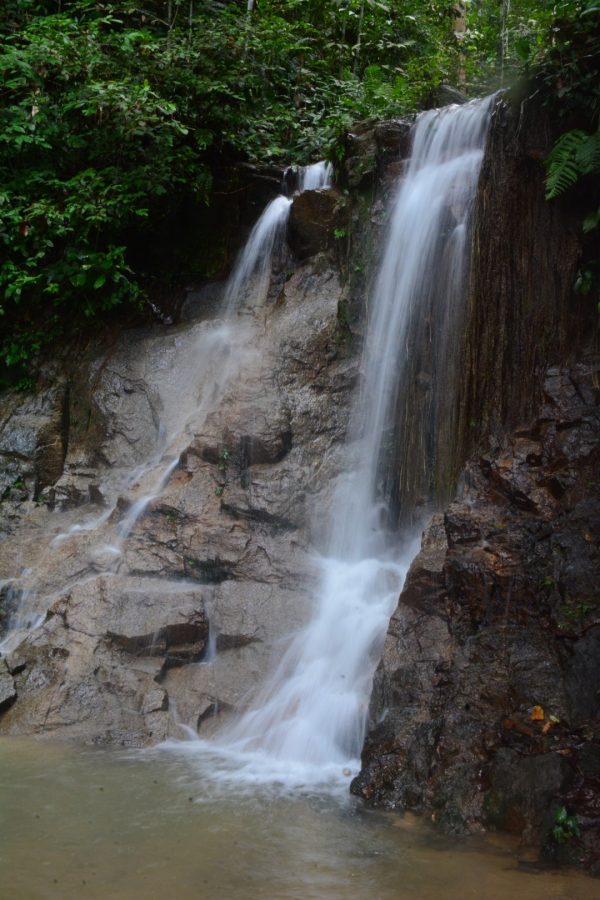
ON TO FRASER’S HILL
Fraser’s Hill, one of a handful of hill stations established by the British, was created to provide a cool retreat from the oppressive climatic conditions that some colonialists experienced in the Malaysian lowlands. Most of these hill stations have fascinating histories and settings that resemble distant lands that were intentionally created by the colonialists to remind them of life back home.
The British set about erecting Tudor Revival bungalows (Mock Tudor or, in Singapore, the Black and White House) based on stone and wood buildings from the Tudor era. These were set among gardens planted with temperate plants, and their interiors often featured an open fireplace. On cool days, colonialists could retreat for a cream tea of scones, clotted cream, and strawberry jam after a round of golf.
In the case of Fraser’s Hill, Mr. F.W. Mager, Pahang State Engineer, was instructed over a century ago to survey the area and to commence construction of a new access road from the Gap to the Fraser’s Hill summit. Fraser’s disused tin mine was to be the centre of the resort, with the wide valley earmarked for a golf course that is still in use today.
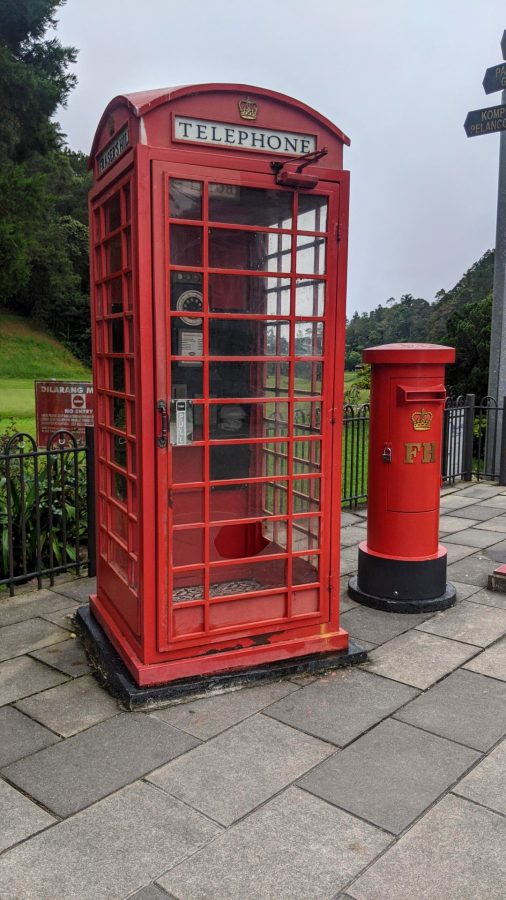
The hill resort was officially opened to visitors in 1922. Buildings soon sprung up, built in the ‘colonial style’ between 1919 and 1957, and many still stand, with 46 officially designated as heritage buildings. These include British government bungalows built to house officials of the administration; private bungalows for use by senior company staff employed in trades such as tin and rubber; and public buildings including the post office and the police station.
These days, Fraser’s Hill makes an enjoyable continuation on from KKB for those looking to extend their trip, or just to take in more of the delights of rural Malaysia. We did just that and soon found ourselves enjoying afternoon tea at a small colonial hotel that originally opened as the Red Cross House, which was built by the Department of Public Works and hosted its first guests in mid-1924.
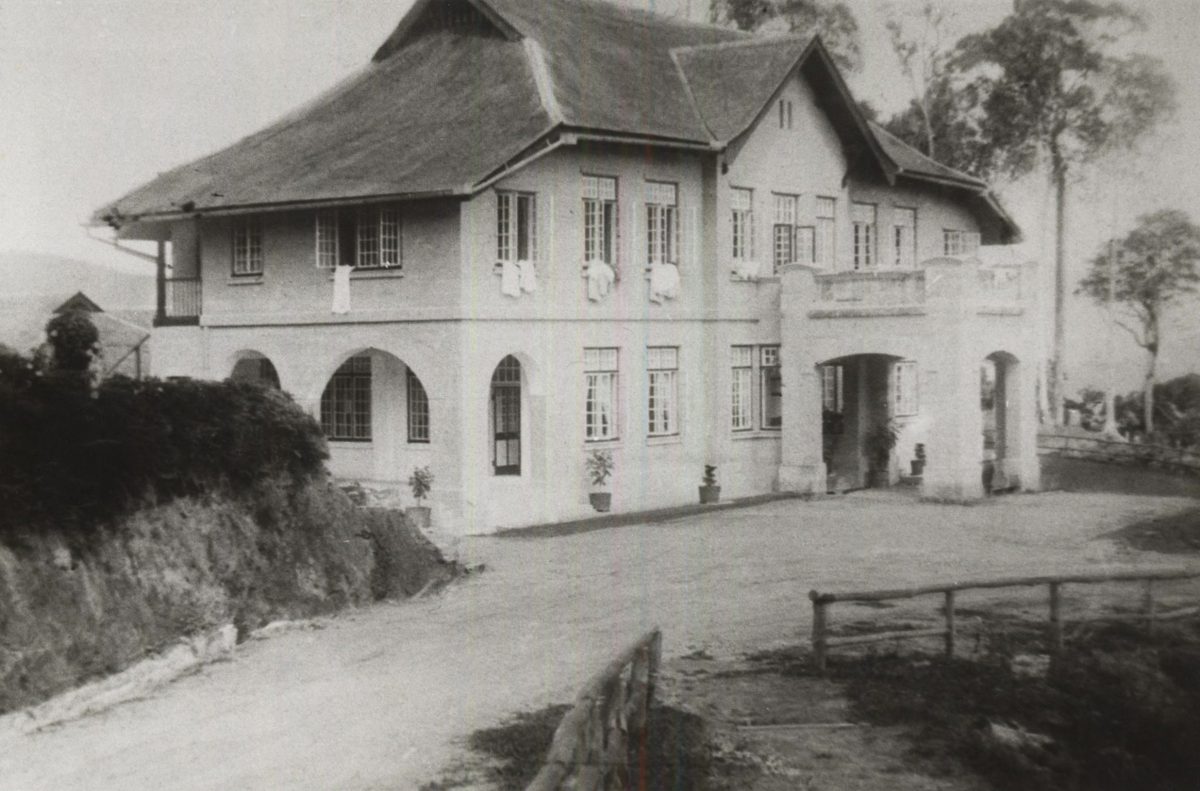
The property reverted to an inn some years later, and in 1988, it began operating as Ye Olde Smokehouse Fraser’s Hill. Since then, it has offered comfortable country house hospitality with 14 rooms, a lounge, a restaurant, and a bar. The property offers all the charm of an old English inn, with the suites having good facilities, including en suite bathrooms.
Ye Olde Smokehouse offers visitors a nostalgic English experience and a comfortable place to stay. (It’s also one of only two places on the hill to enjoy an alcoholic beverage).
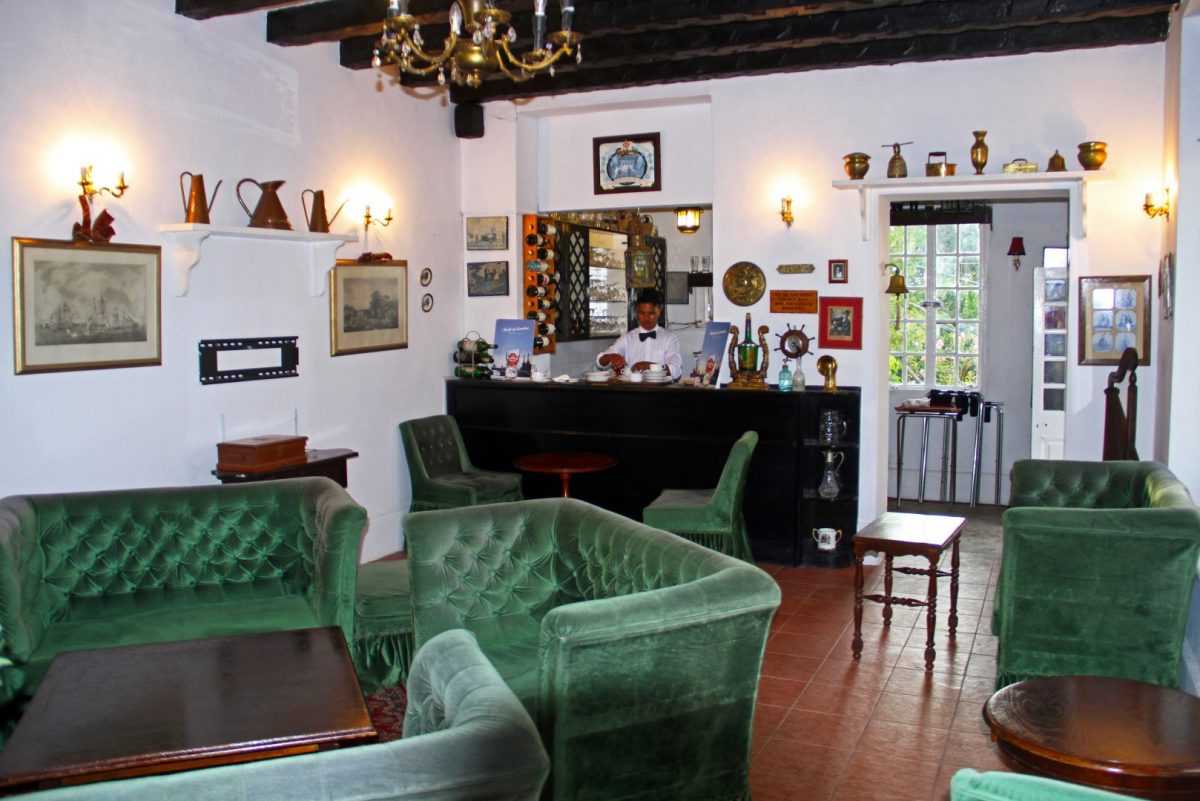
Beyond a nice tipple, guests can do as we did and enjoy afternoon cream teas of freshly baked scones, strawberry jam, cream, and a pot of Malaysian tea. There is a also a small bar with a log fireplace and an adjoining restaurant that serves traditional English fare. The staff are always happy to light a fire on chilly nights, which can see temperatures drop down to as low as 14-16°C.
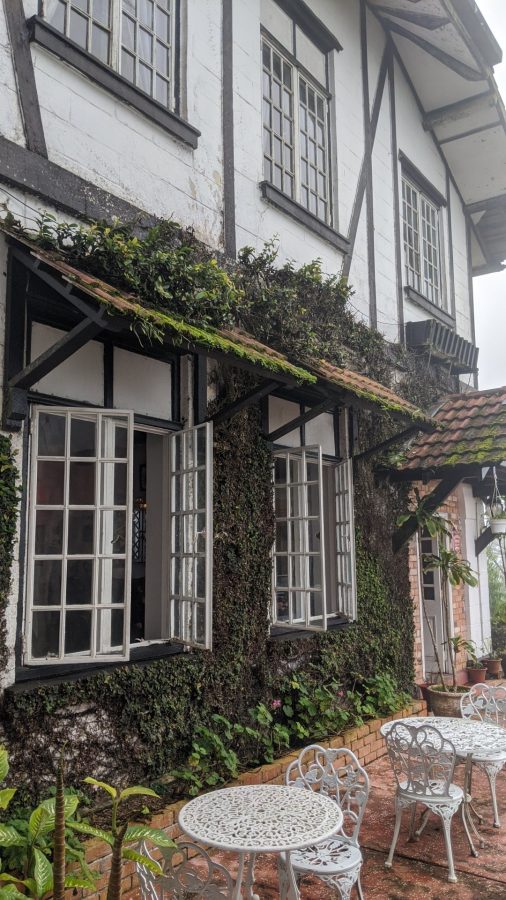
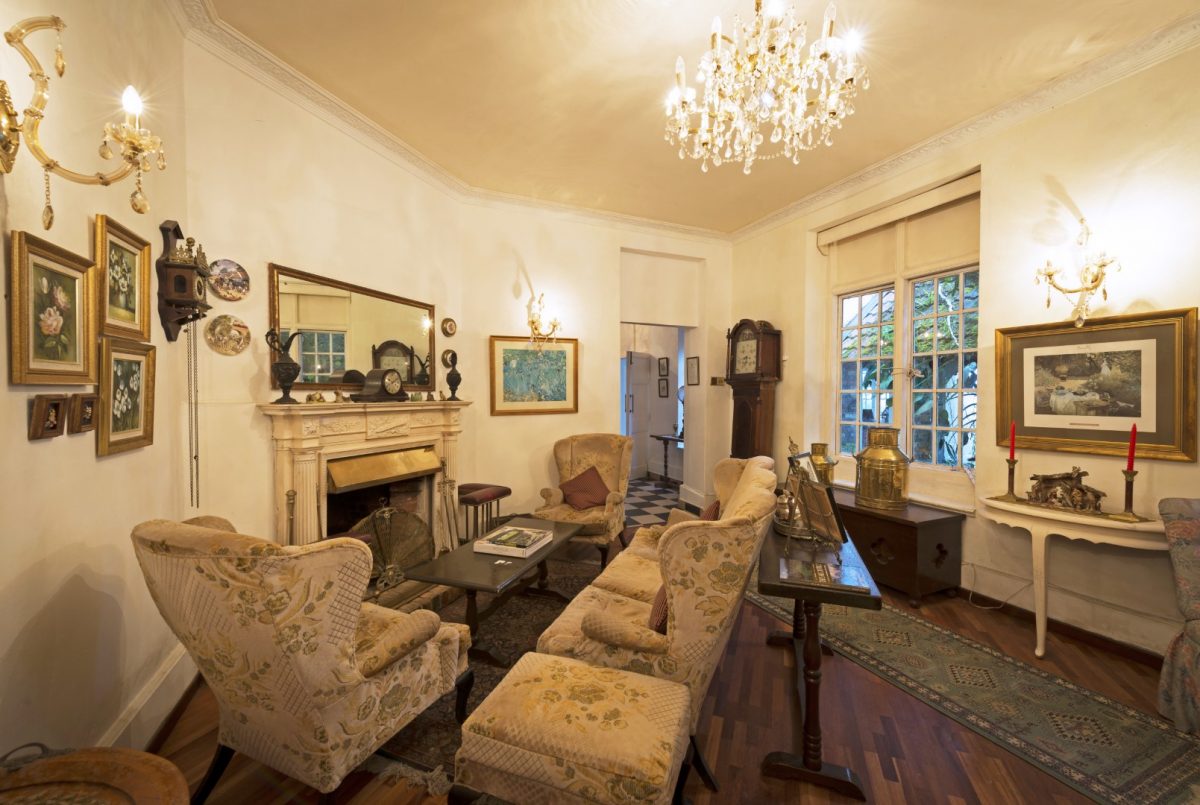
The two towns are quite different, but it’s safe to say if there were ever a pair of Malaysian settings trapped in a bygone era, it would be KKB and Fraser’s Hill. While the slow pace of life and general lack of modern facilities and conveniences may not have universal appeal, others will enjoy the small-town charms of KKB and the refreshingly cool and unhurried highlands setting of Fraser’s Hill.
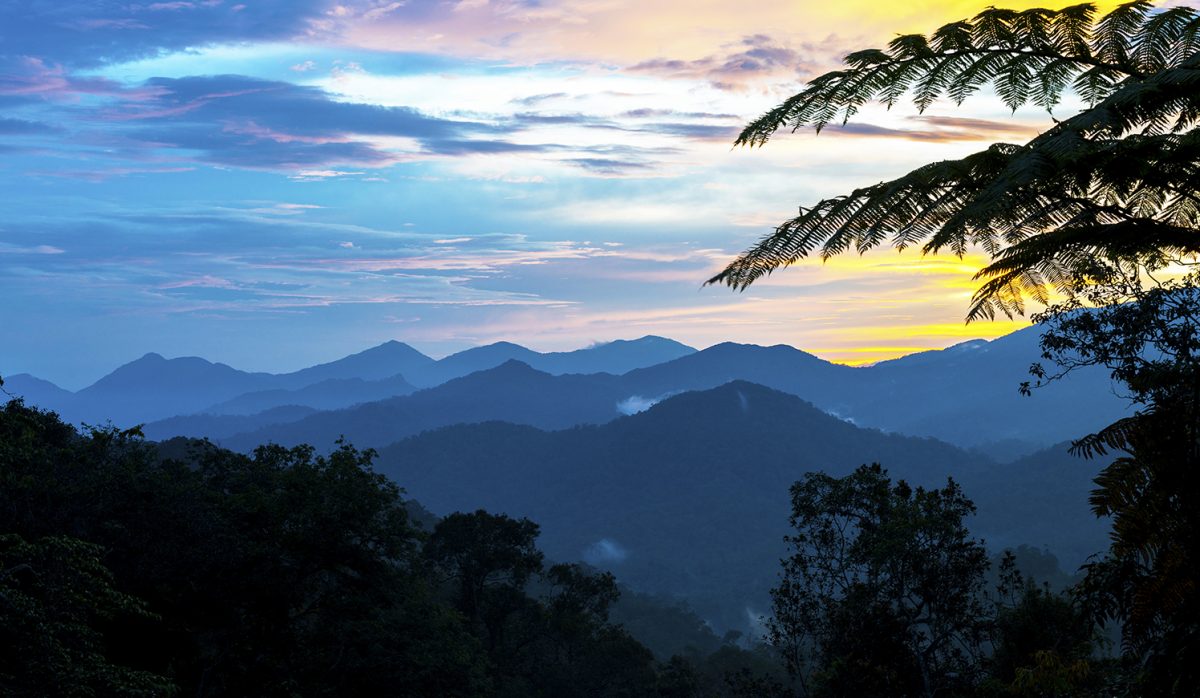
To return to Kuala Lumpur, just head towards Raub and then Bentong, and you’ll be back on the main highway before you know it!
With additional text and photos by David Bowden.
"ExpatGo welcomes and encourages comments, input, and divergent opinions. However, we kindly request that you use suitable language in your comments, and refrain from any sort of personal attack, hate speech, or disparaging rhetoric. Comments not in line with this are subject to removal from the site. "


